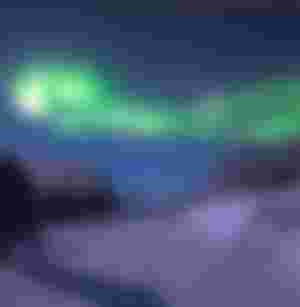
This is the Aurora.
Aurora
Considering the two words pole and light separately, little is known about the nature of the phenomenon. Polarization is the phenomenon of light in the sky which can be observed mainly from the polar region. Due to the geographical location of Bangladesh in the equatorial region, we are deprived of this beautiful natural phenomenon. People's thinking about polar light is not today's. It is not unknown to us how the celestial objects occupied the human mind with unscientific thoughts for ages. This was no exception in the thinking of the people of that time about polar light. As I said before, geographical location is an important factor for seeing polar bears. The ancient peoples living within these geographical boundaries have told various stories about the polar lights; Attempts have been made to explain it in the best possible way by their limited knowledge. Residents of northeastern Canada thought the earth was flat and the sky was covered with tents with many holes. When people die, their souls go to heaven through this hole, and during the journey, other souls shed light and show them the way. This is how polar light is made. Many thought that the aurora borealis was the result of the dancing of the spirits of dead animals. The tribes of North America were also engaged in trying to find the relationship of the dead soul with the aurora borealis. As they thought, their known dead souls were trying to communicate with them through the aurora borealis. The inhabitants of Iceland and Greenland formed all the bizarre relations of childbirth with the aurora borealis. The Phoenicians blamed the radiance of the fox's tail for the polar light. The existence of the fire fox was in Finnish mythology and it is not difficult to understand that the idea came from there. In Europe, aurora borealis was thought to be a warning of epidemics and death. The red light of the aurora borealis was seen as a warning of impending war. In Chinese mythology, aurora borealis was presented in a more interesting way, combined with the myth of the dragon.
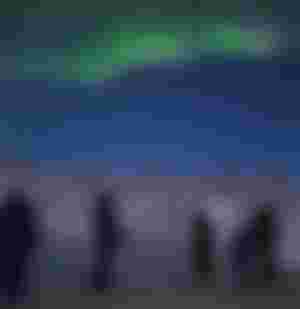
In the golden age of philosophy, an attempt is made to see the aurora borealis in a somewhat logical way out of these bizarre fantasies. The names of the philosophers Anaximenes and Xenophanes are particularly significant. It is said that in the fourth month of 593 BC, polar light appeared in the sky of Greece. Anaximenes mentions this in one of his books. Xenophanes calls that aurora borealis "the unification of moving burning clouds," and another contemporary philosopher, Hippocrates, sees it as a reflection of sunlight. Aristotle described polar light as a luminous cloud whose main cause is the ignition of flammable objects. In the 4th century BC, Theophrastus spoke of a solar eclipse with aurora borealis. Nearly two thousand years later, Galileo observed the solar eclipse for the first time with his telescope. In the seventeenth century, astronomer Edmund Haley cited the magnetic field as the cause of aurora borealis. Around the same time, scientist Andres Celsius repeated Haley's words. In the late nineteenth century, Norwegian scientist Christian Berkland conducted a significant experiment with aurora borealis. He showed by means of a device he had made that when a ray of light was thrown into a magnetic field, it followed a magnetic force line and went to two magnetic poles and formed a circle of light around that pole. He said that the electrons generated from the solar eclipse follow the earth's magnetic field and go to the pole to form polar light. This was a very important step in the path of scientific interpretation of polar light.
Now let's come to the scientific explanation of how polar light is created. Different types of particles are carried from the sun through the solar wind, cross the planets Mercury and Venus and enter the boundaries of the earth. Particles contain electrons, protons and alpha particles. The rate of particulate emissions increases a lot during solar storms. At this time there are magnetic clouds with the injured particles in the solar wind. These together can be called radiation. This high energy radiation is extremely harmful to humans and all other animals. Moreover, various types of mechanical faults are also seen at this time. However, most particles cannot penetrate the earth's magnetic field. That is, the earth's magnetic field acts as an armor for the earth's fauna. Some particles penetrate and accumulate at a specific location in the magnetic field. This region rich in particles is called radiation zone. Based on the next solar storm, these particles gain energy and move to the polar region following the path of the magnetic field line. There these energetic particles react with the Earth's atmosphere and our known molecules (oxygen, nitrogen, etc.) to excite them. As a result, the electrons inside the atom reach a higher energy level. Later when the excited state relaxes
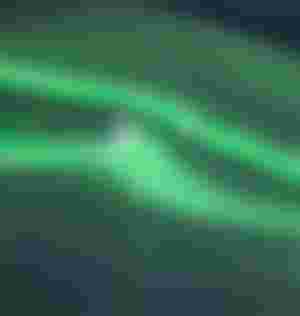
When done, the electrons return to their normal low energy levels and emit electromagnetic waves according to quantum principles. The color of these radiated waves also varies according to the properties of the molecule. For example, the most familiar color in aurora borealis is green, which is caused by oxygen molecules. Pink is the color for nitrogen. Blue is for ionized nitrogen. Oxygen above 200 km is responsible for the dark red. Now let's see why we who live in the equatorial region do not see the polar light. Remember I said that the energetic particles from the radiation ring move along the path shown by the magnetic field line. This force line is an imaginary force line. It is useless to look at the sky and try to see this force line. For ease of understanding these force lines are shown in blue in the first picture. The figure clearly shows that the endpoints of the ball lines end at all two polar regions. As a result, the energetic particles also run towards the polar region and react with the molecules there to excite them.
The aurora or aurora borealis can be divided into two main types - aurora borealis and aurora australis. The aurora was unknown to the Australis before the sea expedition. All the logical explanations and stories or myths that have been made before have been centered on Aurora Borealis. It is said that the polar lights of the southern part were known during James Cook's expeditions to the Pacific Ocean and the coast of Australia. That is why the polar light of the South Pole region has been called Aurora Australis. But no matter where the polar light occurs, there is no difference in the original features. The polar light does not sit still in a certain place in the sky but vibrates. A bow-shaped portion of colored light is seen slowly rising to the horizon, once occupying a large portion of the sky above the head. Polarization can be seen both during the day or at night.
Aurora borealis is not only unique to Earth, but also has strong magnetic fields on every planet. In particular, the four gas giants (Jupiter, Saturn, Uranus, Neptune) in the solar system, polar light is a very normal phenomenon. However, due to differences in the magnetosphere and the elements present in the atmosphere, there is a slight difference in structure and color. In June 2016, the Hubble Space Telescope sent a picture of a visible polar light at Jupiter's north pole. The colors of the aurora borealis are not always visible in visible light. All other colors in the electromagnetic spectrum can also be polarized. For example, the spectrum of Saturn's polar light is mostly within the ultraviolet and infrared range. This color is not visible to our eyes.
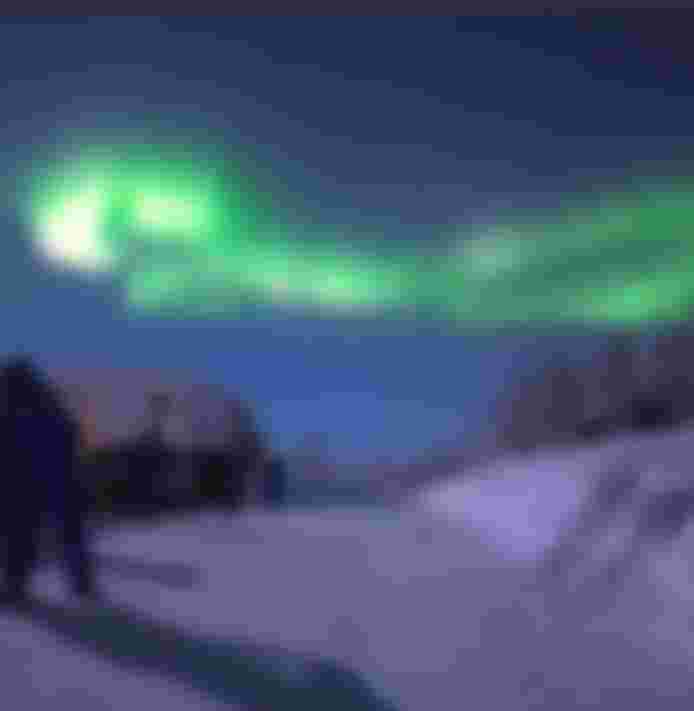
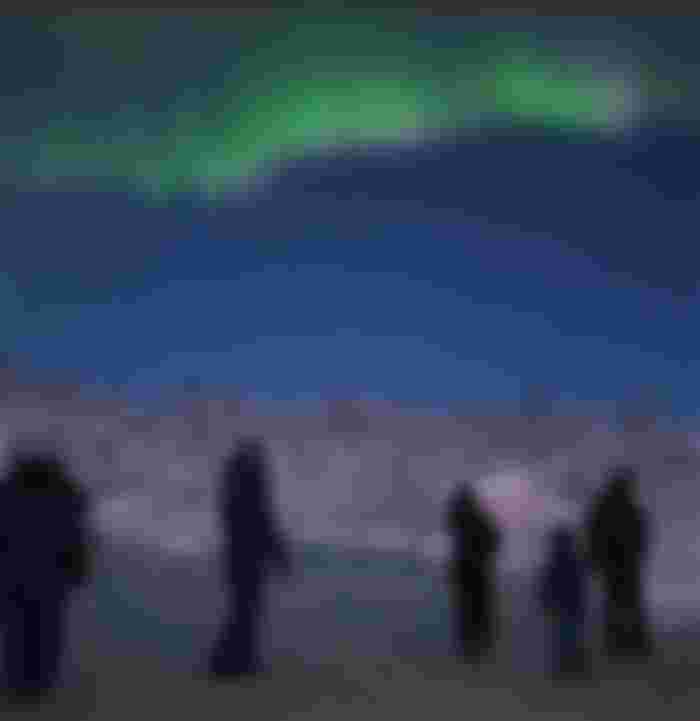
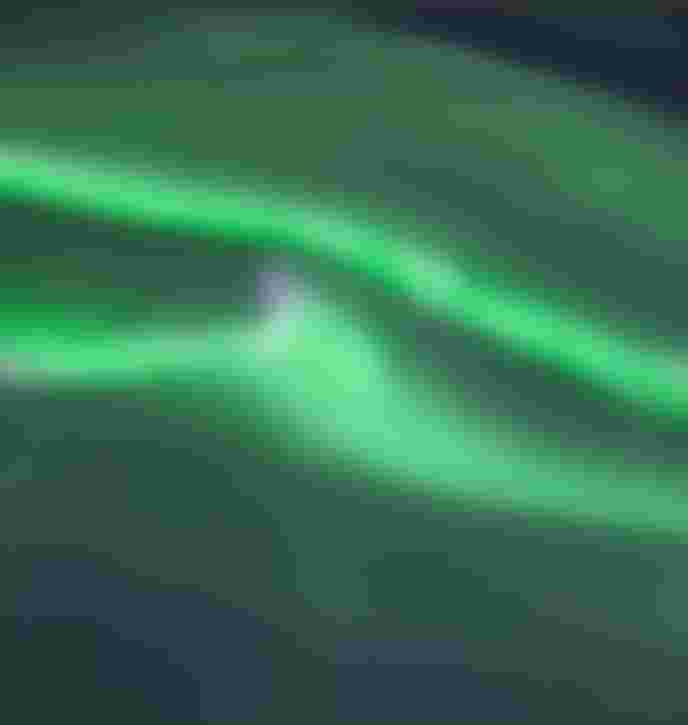
Wonderful article by you